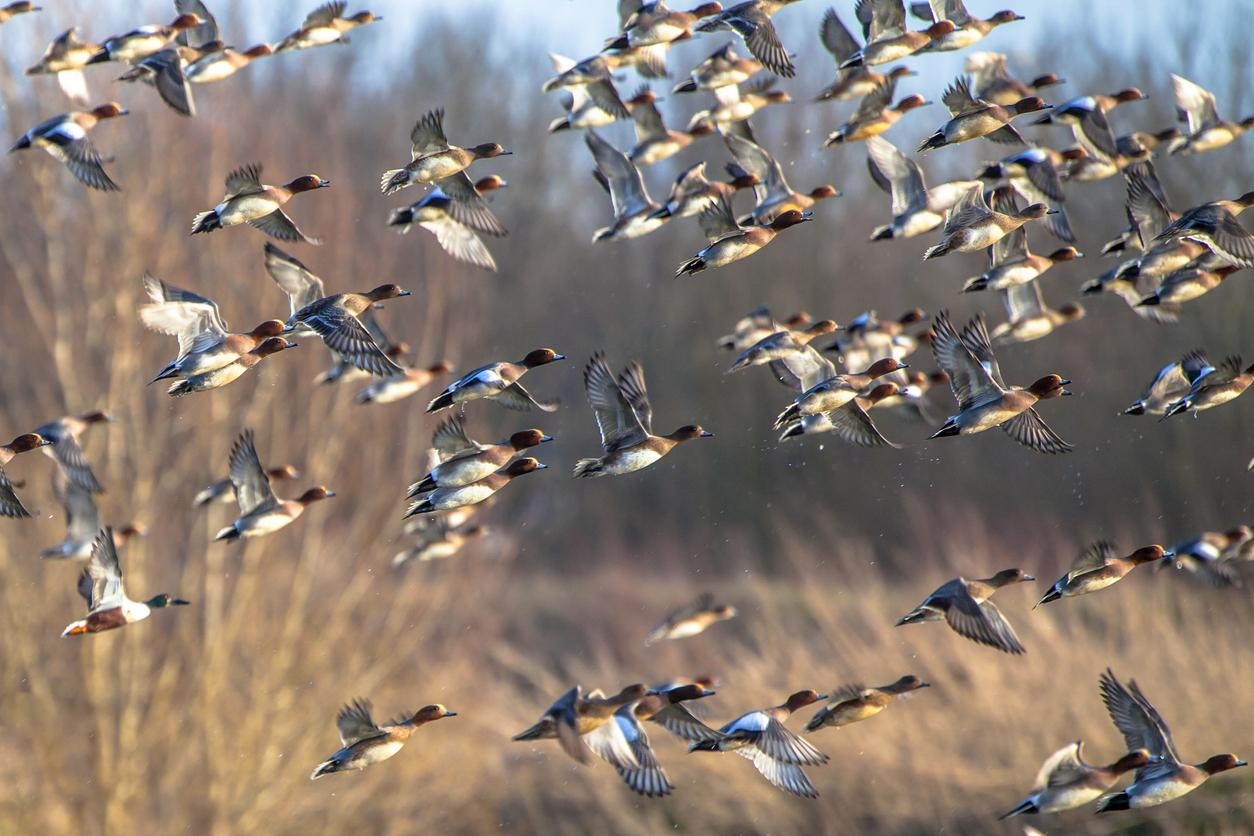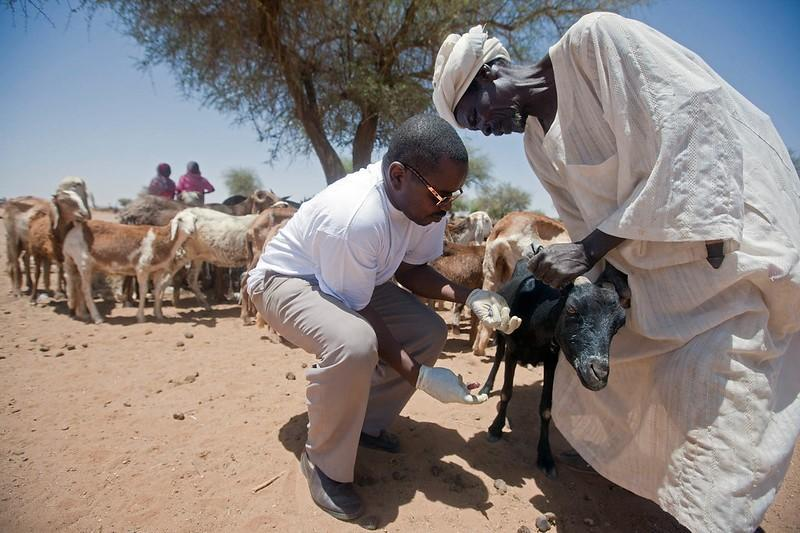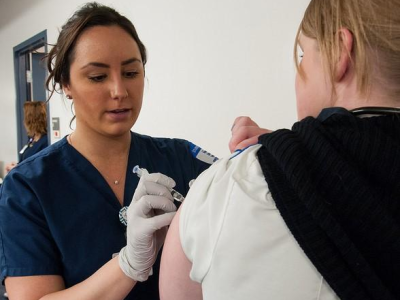
The US Department of Agriculture's Animal and Plant Health Inspection Service (APHIS) has reported dozens of new H5N1 avian flu detections in wild waterfowl in several states, and the Pan American Health Organization (PAHO) has published an epidemiologic update tallying 76 human H5 cases, including 2 deaths, in five countries in the Americas in the past 4 years.
APHIS announced H5N1 identifications in several states, including mallard ducks in New Hampshire; black vultures in Indiana, Kentucky, Utah, and West Virginia; Canada geese and a turkey vulture in Utah; a bald eagle and mallard in Wisconsin; and an unidentified type of goose in Washington state.
H5N1 was also found in four different species in Montana; green- and blue-winged teals and a mallard in Oregon; Canada geese in Arizona and Illinois; seven species in Minnesota; an unidentified type of duck in Texas; and green- and blue-winged teals in Wyoming.
Non-avian animal infections rising
In its first avian flu update since May 15, PAHO noted one additional case of human H5 infection, in Mexico on October 2 (the neuraminidase, or "N" portion of the strain, has not yet been identified). Since 2022, 22 countries on three continents, including the Americas, have reported mammalian H5N1 outbreaks to the World Organization for Animal Health (WOAH).
In recent years, there has been an increase in the detection of A(H5N1) viruses in non-avian species worldwide.
"In recent years, there has been an increase in the detection of A(H5N1) viruses in non-avian species worldwide, including terrestrial and marine mammals, both wild and domestic (companion and production)," the report said.
"Since 2022 and as of epidemiological week 41 of 2025, a total of 19 countries and territories in the Americas Region reported 5,063 outbreaks of avian influenza A(H5N1) to WOAH," PAHO added. "Historically, from early 2003 to August 25, 2025, 990 human cases of avian influenza A(H5N1) were reported to the World Health Organization (WHO), including 475 deaths (48% fatality rate), in 25 countries worldwide."
Editor's Note: This story was updated on October 18 to note that human infections involve H5 avian flu, not necessarily the H5N1 strain, as we first reported (see note on the new case in Mexico). We apologize for the error.













